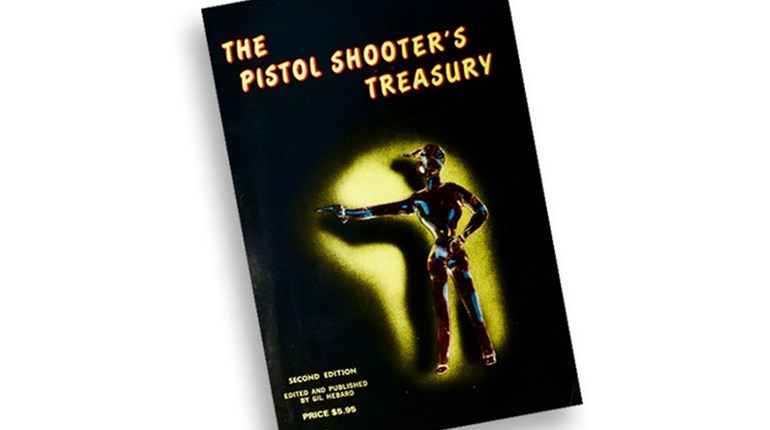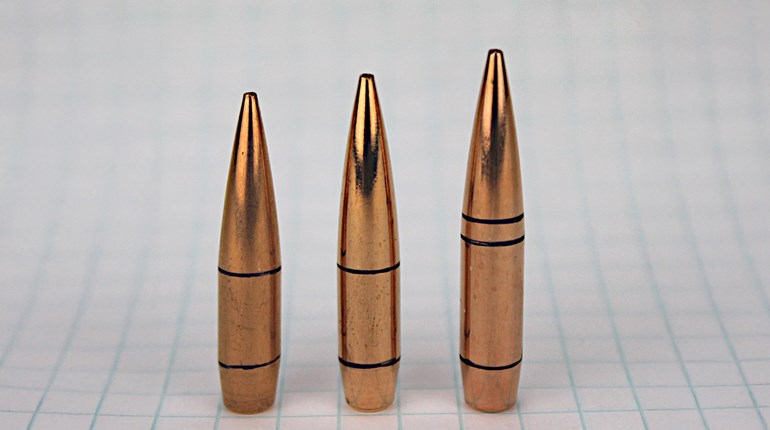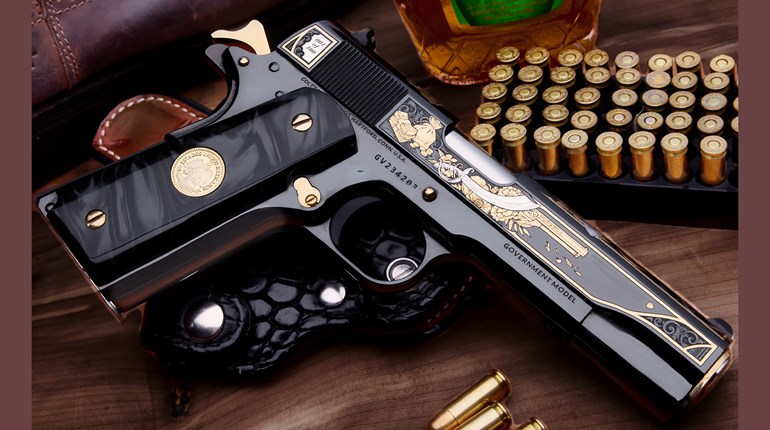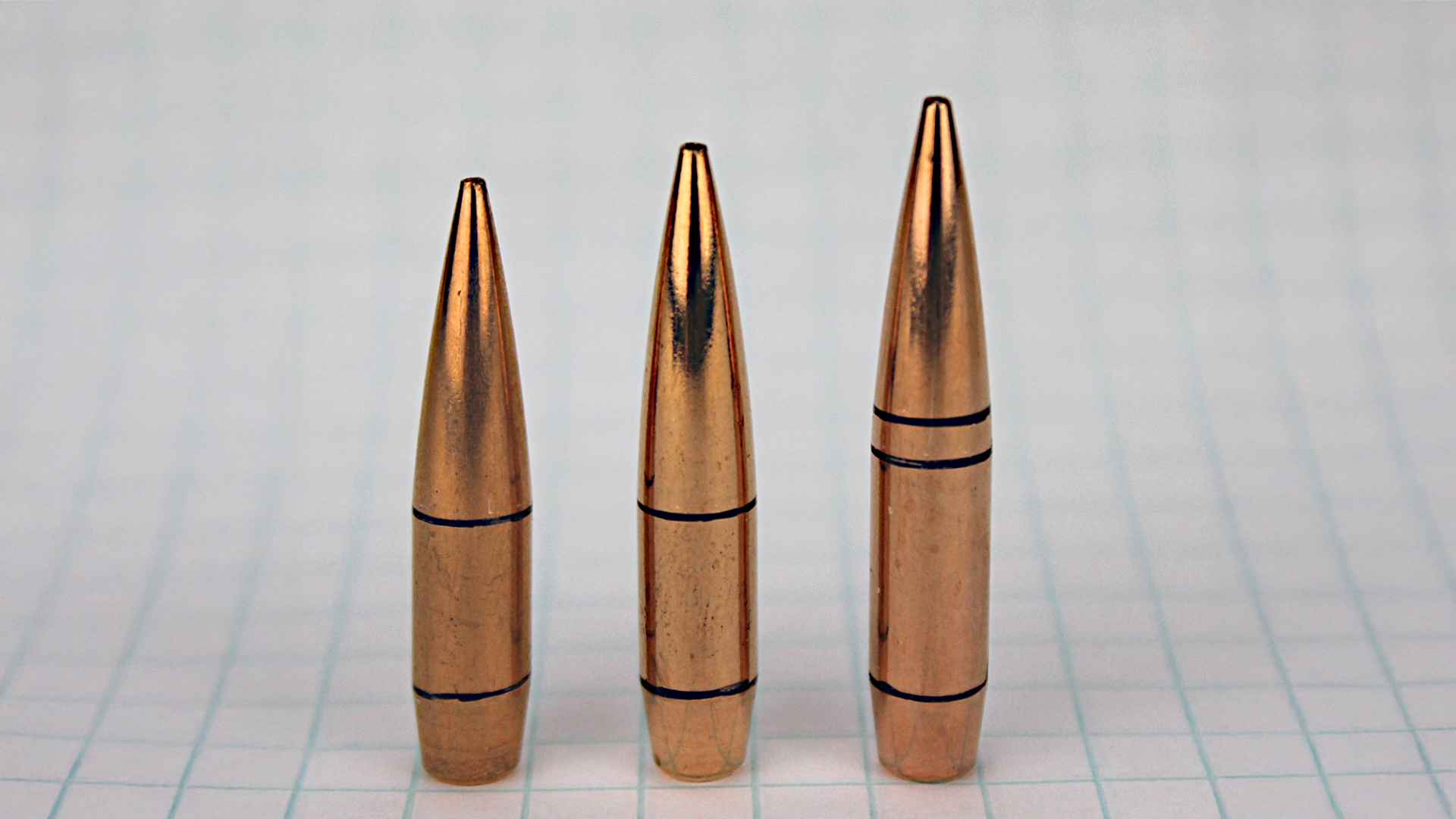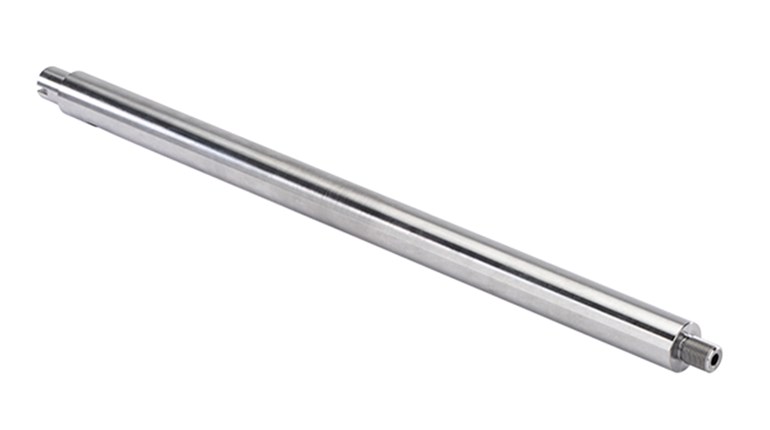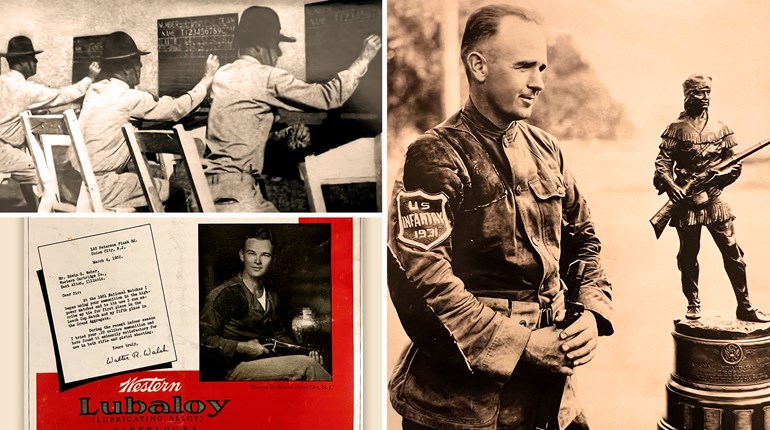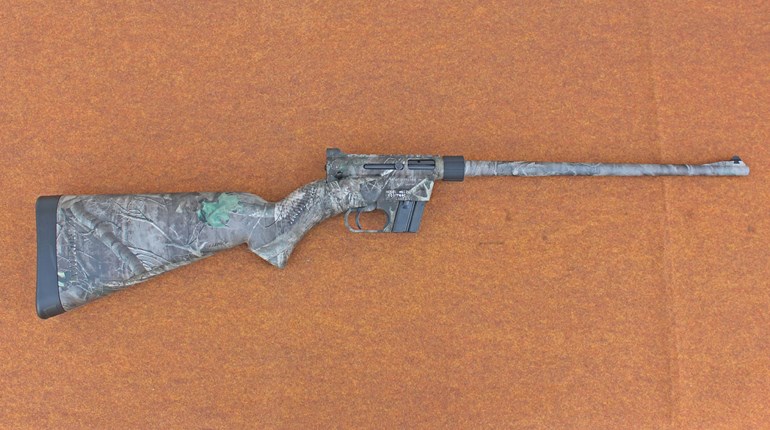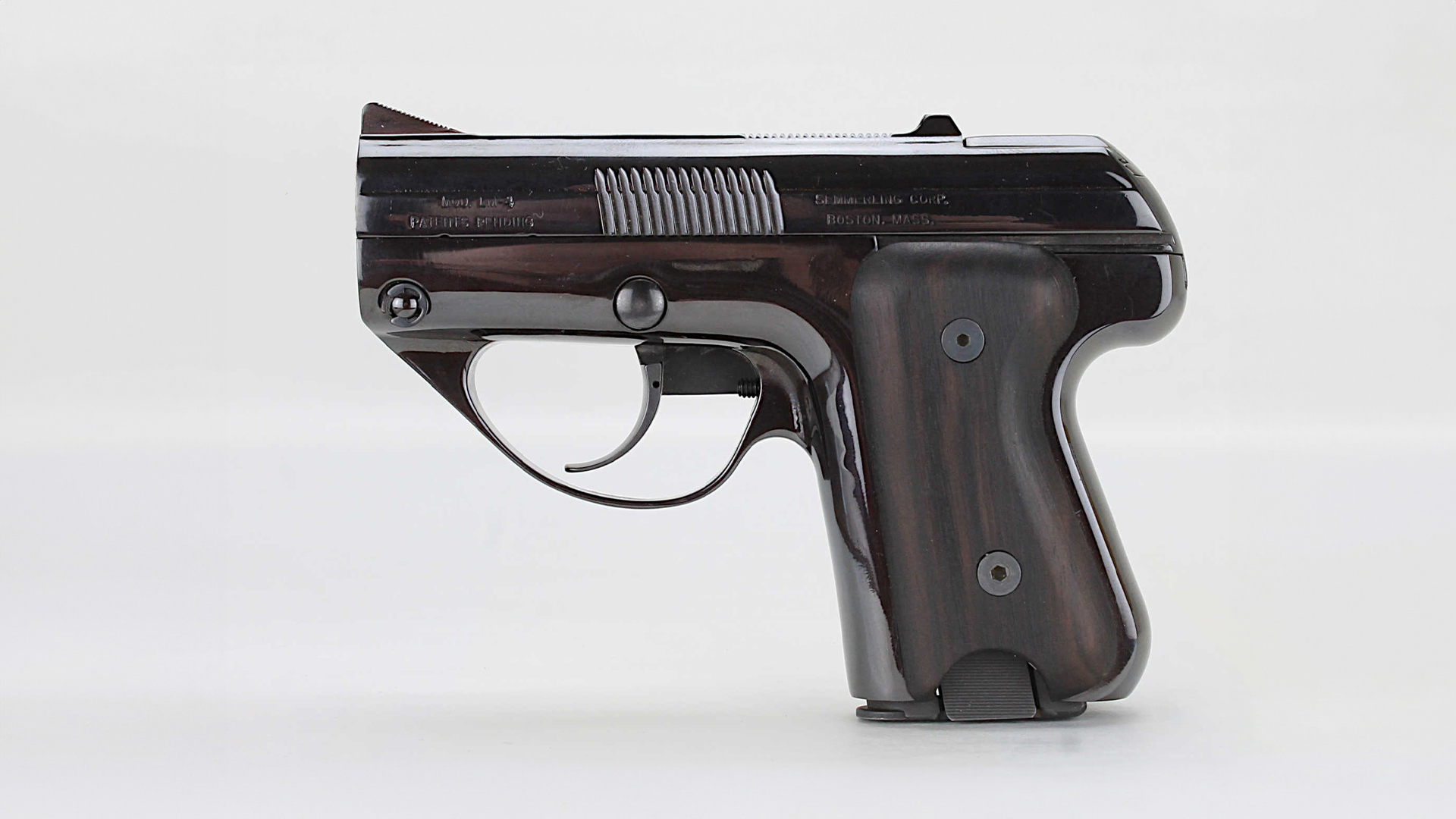
Intended to pack the powerful punch of five .45 ACP cartridges in the smallest possible package, the innovative Semmerling might be the most counterintuitive pistol of the 20th century. A successful conglomeration of surprising engineering choices, it was nonetheless a Cold War business failure. Yet, in a way, it’s still here.
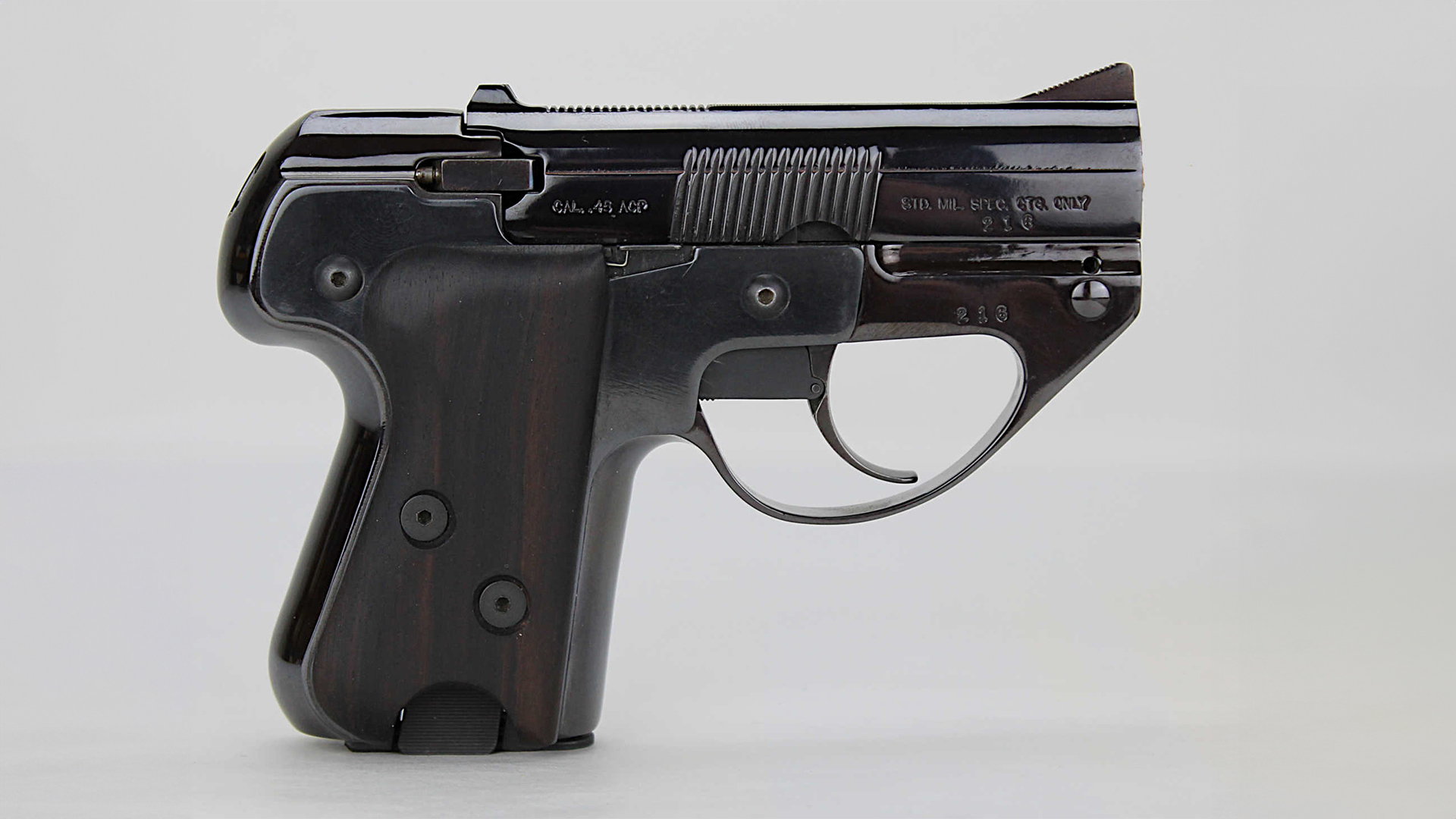
The first clue indicating this pistol is different appears when handed the pistol and one attempts to confirm it is unloaded. After dropping the magazine, the natural impulse is to retract the slide backward to check the chamber, but that operation is impossible, as the closed slide won’t budge in that direction. An apparent pivot pin through the frame under the muzzle hints that the barrel may instead tip upward, like the Beretta Tomcat, but the hint is a lie. Then one notices the extractor is fixed to the frame rather than to the slide, and it becomes obvious, in surprising contradiction to intuition, that the slide must move forward to expose the chamber. Logically then, the slide chambers a round as it moves backward. What is this thing?
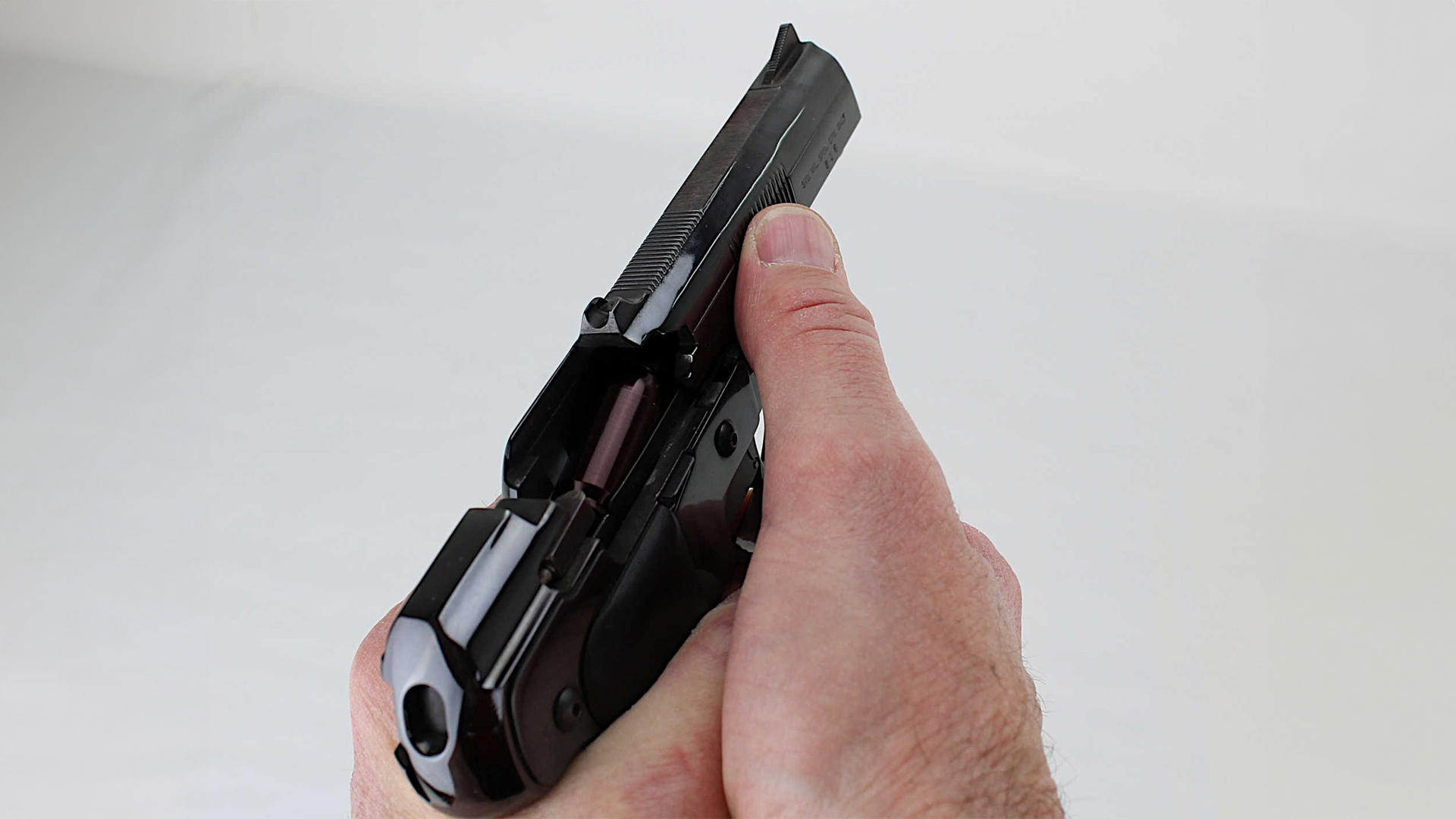
It is an LM-4 pistol designed by Philip R. Lichtman and manufactured by the Semmerling Corporation of Boston, Masschusetts, sometime between 1977 and 1982. Its concept was to be a small, uncomplicated .45 ACP backup or “hideout” gun; fewer than 600 were manufactured. Most odd and despite appearances, Semmerling’s LM-4 is not a semi-automatic pistol, as the shooter manually reloads each round from the four-round magazine. How? Note the serrations in the middle of the slide, on the sides and top, rather than at the rear on each side. Requiring a two-handed grip, the thumb of the weak hand manually pushes the slide forward after firing to eject the expended case, and the same thumb then retracts the slide backward to scoop up and chamber a fresh round from the magazine.
Heavy Metal
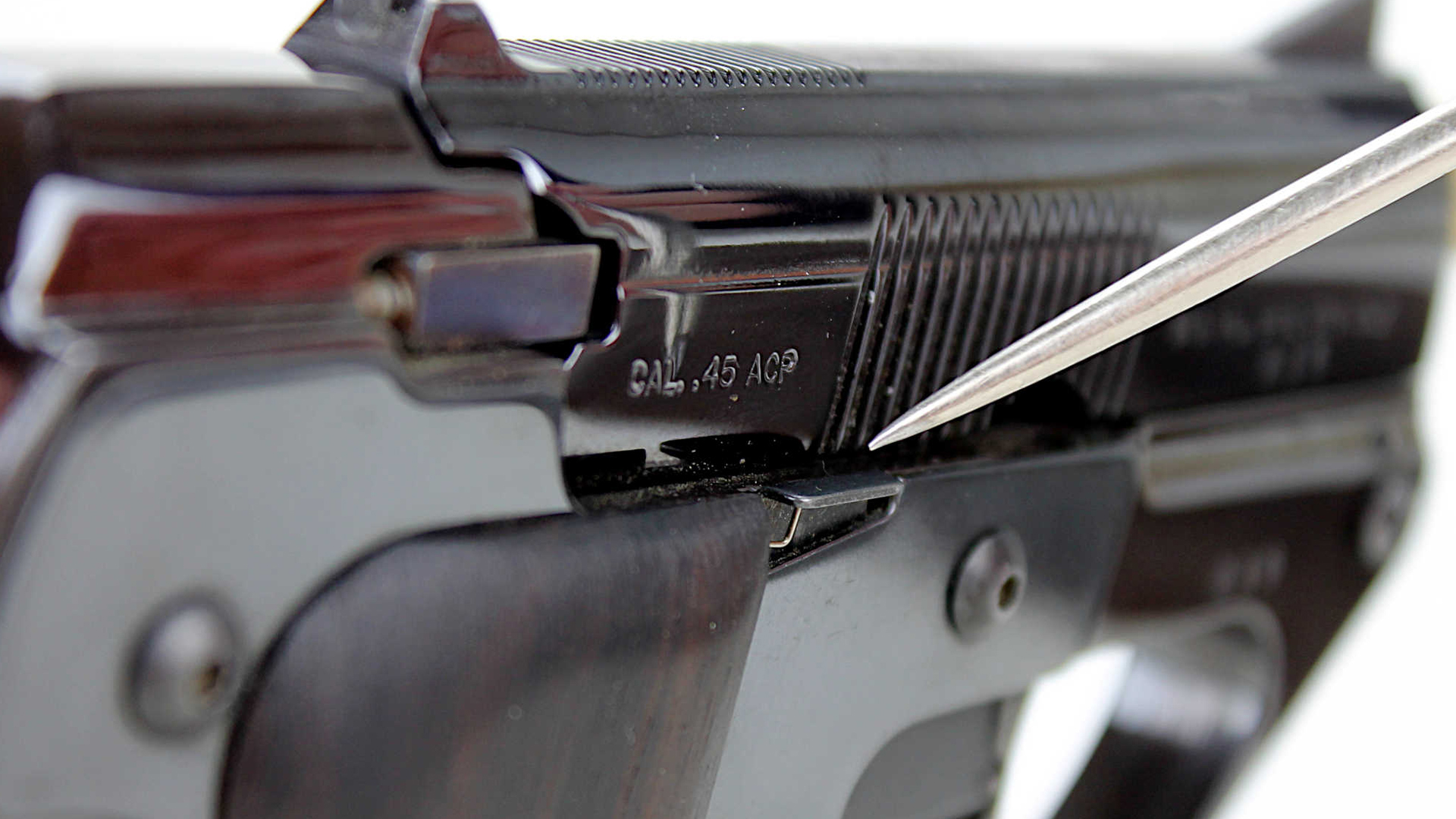
Barrel and slide appear to be press fit tightly together. There is no recoil spring. The fixed extractor becomes a loaded chamber indicator, protruding slightly with a round chambered. A flat, vertical protrusion milled into the back left side of the slide acts as the ejector.
Though the LM-4 fires from a locked breech, the breech doesn’t actually lock until the trigger is partially pressed backward, whereupon a rounded projection in the right side of the frame, under spring pressure, rises upward into a recess milled into the bottom edge of the slide to lock it in place. With a cartridge chambered, the pistol can be carried in a loaded and locked condition by pressing downward on the tiny latch in front of the right grip and then lightly tapping the trigger backward about a quarter inch. Firing the pistol from this locked condition requires two strokes of the trigger, one of a fraction of an inch to unlock it, and then a second, normal full stroke to fire it.
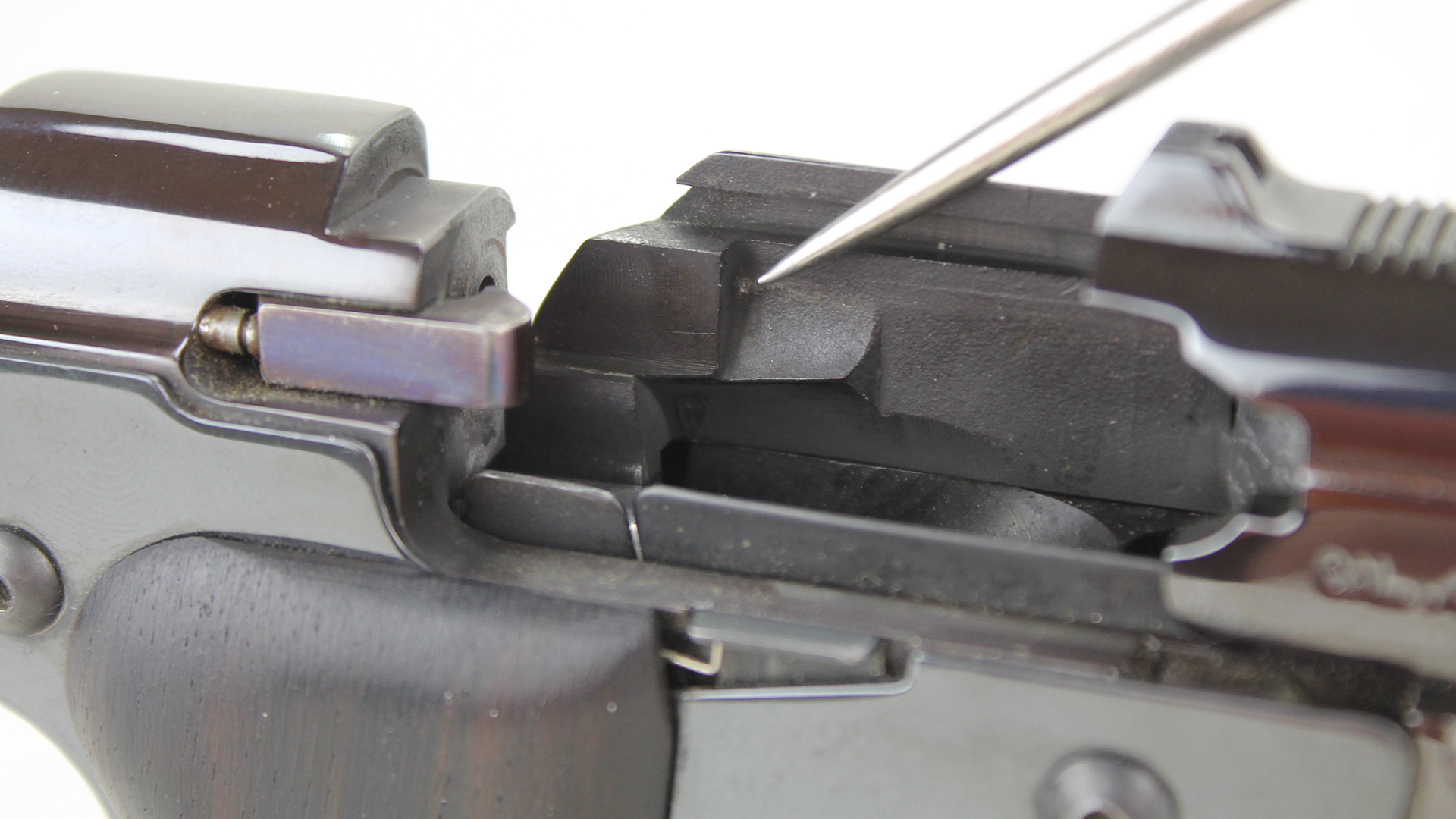
It’s an unexpectedly heavy pistol for its size, weighing 26 ounces on a digital postal scale. The prodigious weight we can attribute to the pistol frame and slide being composed of tool steel. By comparison, my larger Colt Model 1991 Compact weighs 30 ounces, and a GI Model 1911A1 weighs 39 ounces.
A thin steel plate on the right side of the LM-4 serves the same function as the side plate on a revolver, to protect the internal working mechanisms. It also acts a right-side cartridge guide. Visible below the plate and within the trigger guard is the trigger bar that operates a short striker inside the back of the frame. The rear of the striker protrudes from the rear of the slide, where one can observe it move backward during trigger-cocking.
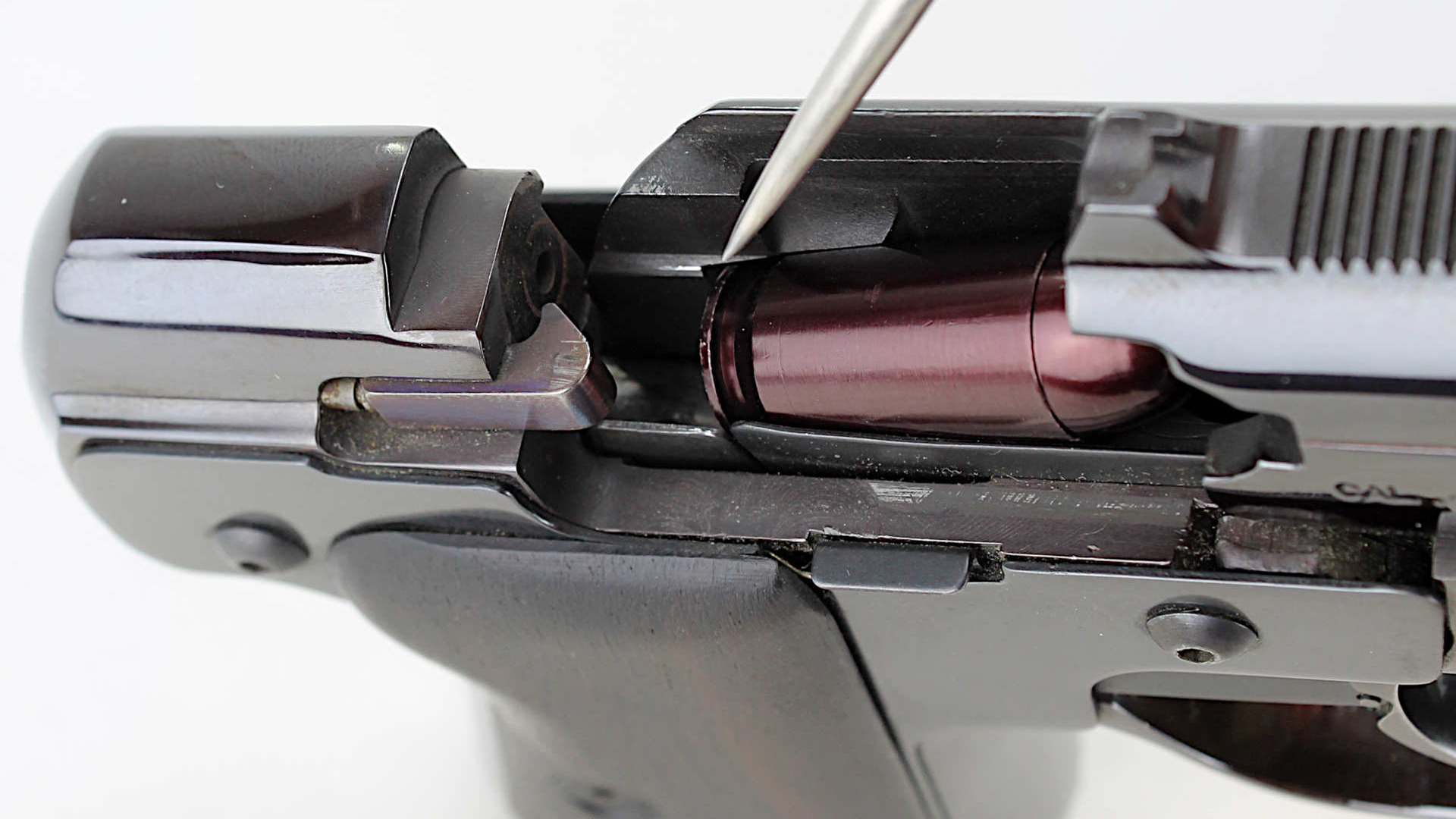
The only frame stamp is the serial number. The left side of the slide bears, “MOD. LM-4 PATENTS PENDING” and “SEMMERLING CORP BOSTON MASS.” On the slide’s right side is, “CAL .45 ACP” and “STD. MIL. SPEC. CTG. ONLY” above the serial number, “216.”
This LM-4 sports a highly polished, dark blued finish, placing it among the most valuable of the Semmerling LM-4s, others of which wore matte black or chrome finishes. Other variants include the LM-1, LM-2, LM-3 and XLM.
Failed Concept
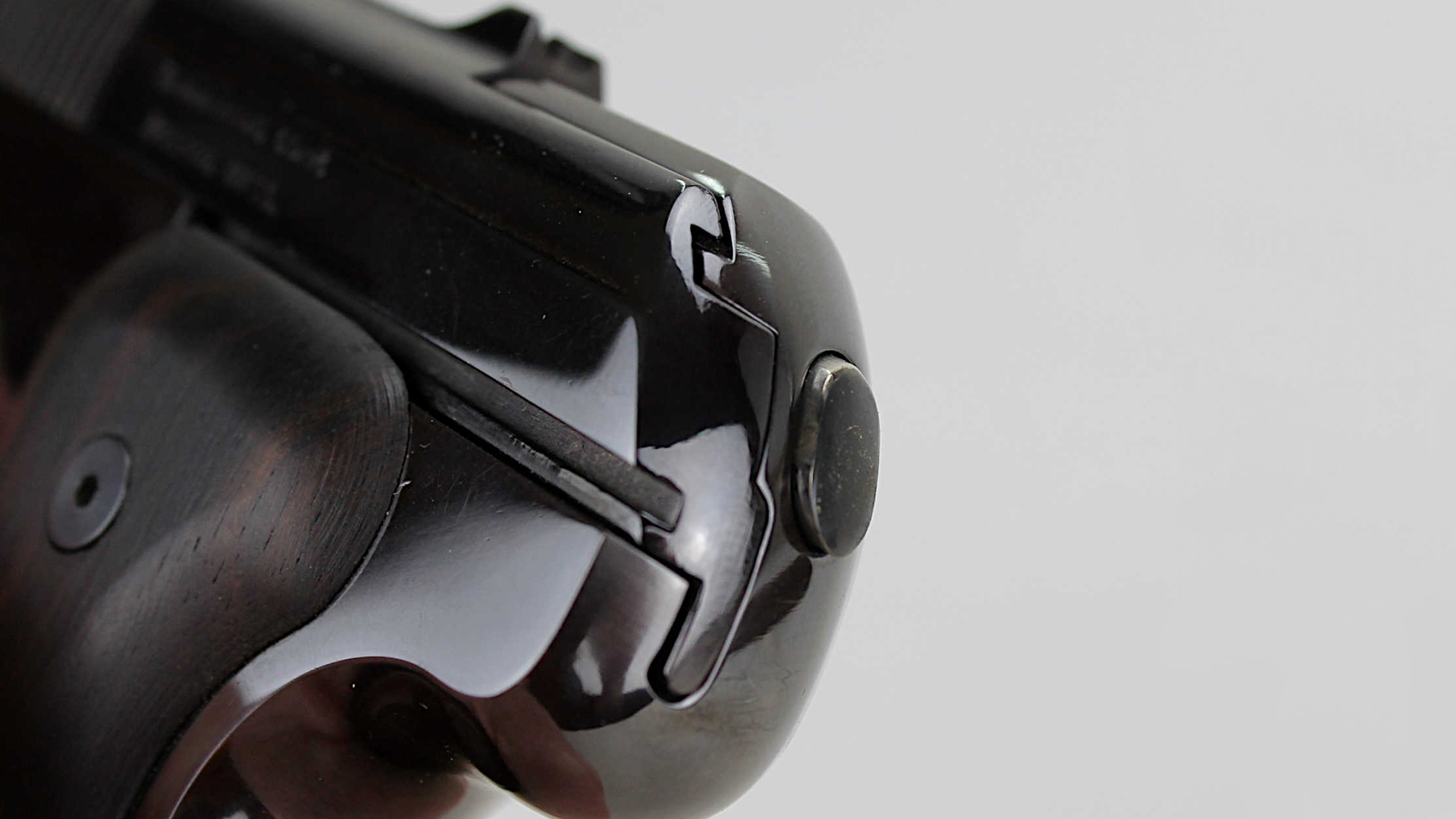
In the end, Semmerling disappeared probably for multiple reasons. The pistols were pretty much entirely handmade and to order. In a practical sense, the LM-4 is a questionable concept for a modern combat pistol, regardless of unsubstantiated claims it was a favorite of Spec Ops, CIA and other shadow agencies. Why stake your life on a manually, thumb-operated pistol when the world is full of revolver and semi-automatic pistol choices? Indeed, Semmerling apparently acknowledged that shortcoming, as he later offered a semi-automatic version of the pistol to the U.S. military. The government may have purchased a contract semi-automatic model identified as the XLM, but if it was ever fielded (the “X” implies, “Experimental” in military jargon), or whether any government agency ever did issue a Semmerling, I was not able to factually verify.
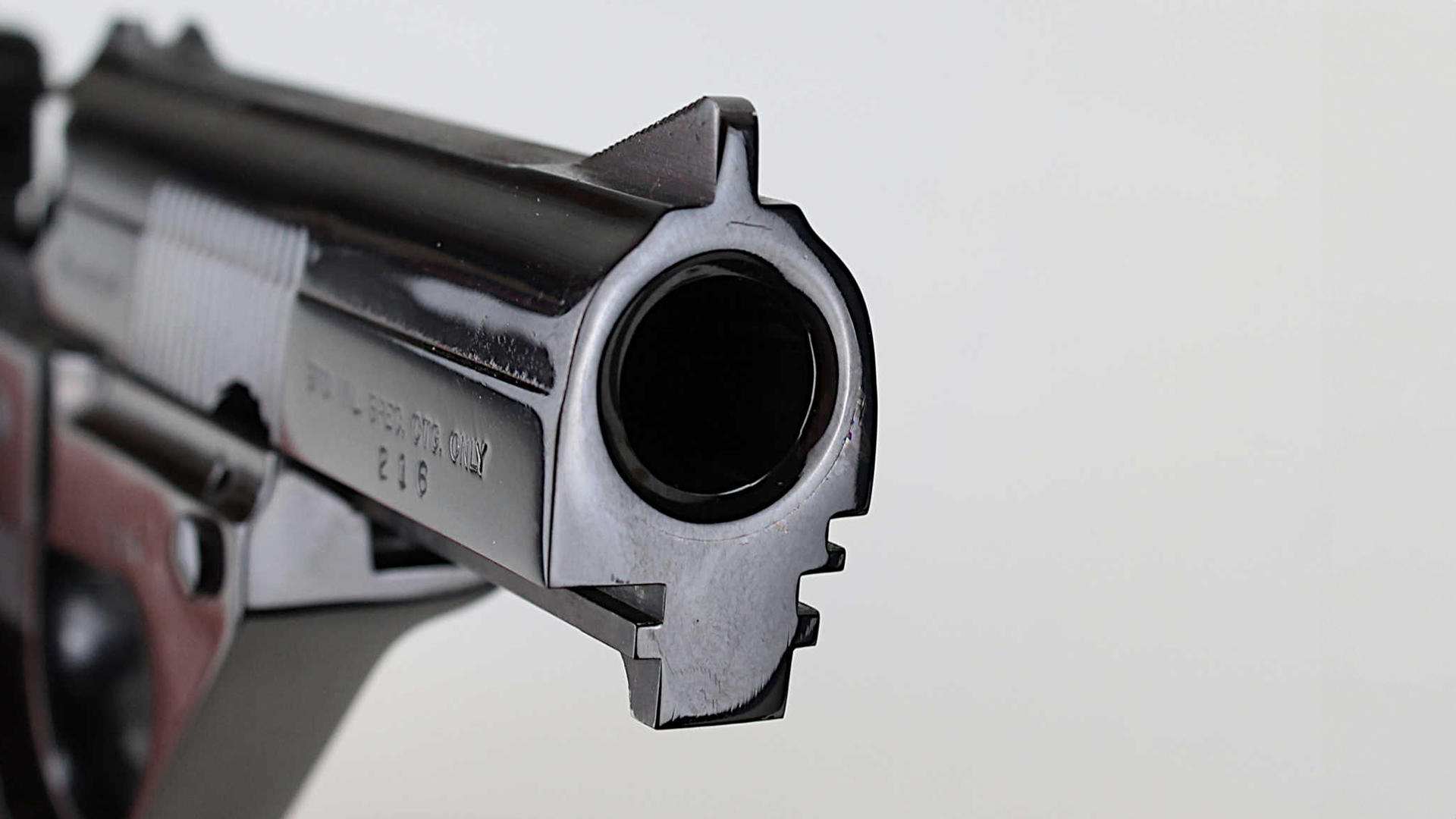
Original Semmerling pistols today are a financial success as collector pieces. First marketed at $645, the most recent “Blue Book of Gun Values” assigns the LM-4 a value of $4,950 in 100% condition. Two online auctions garnered $5,400 and $8,750 for the pistols in excellent condition. The pistol here appears to have been fired little—no surprise, given the .45 ACP’s stout recoil in such a small handgun—and carried not at all. Possibly impacting its value is softening of the edges of some of the stamps, a typical indication that a firearm was polished before re-bluing. However, each pistol being individually hand-built, it is quite possible the stamps were unintentionally lightly struck. If indeed refinished, it might be a factory job as, according to factory literature accompanying this pistol, Semmerling recommended its own refinishing service for the LM-4.
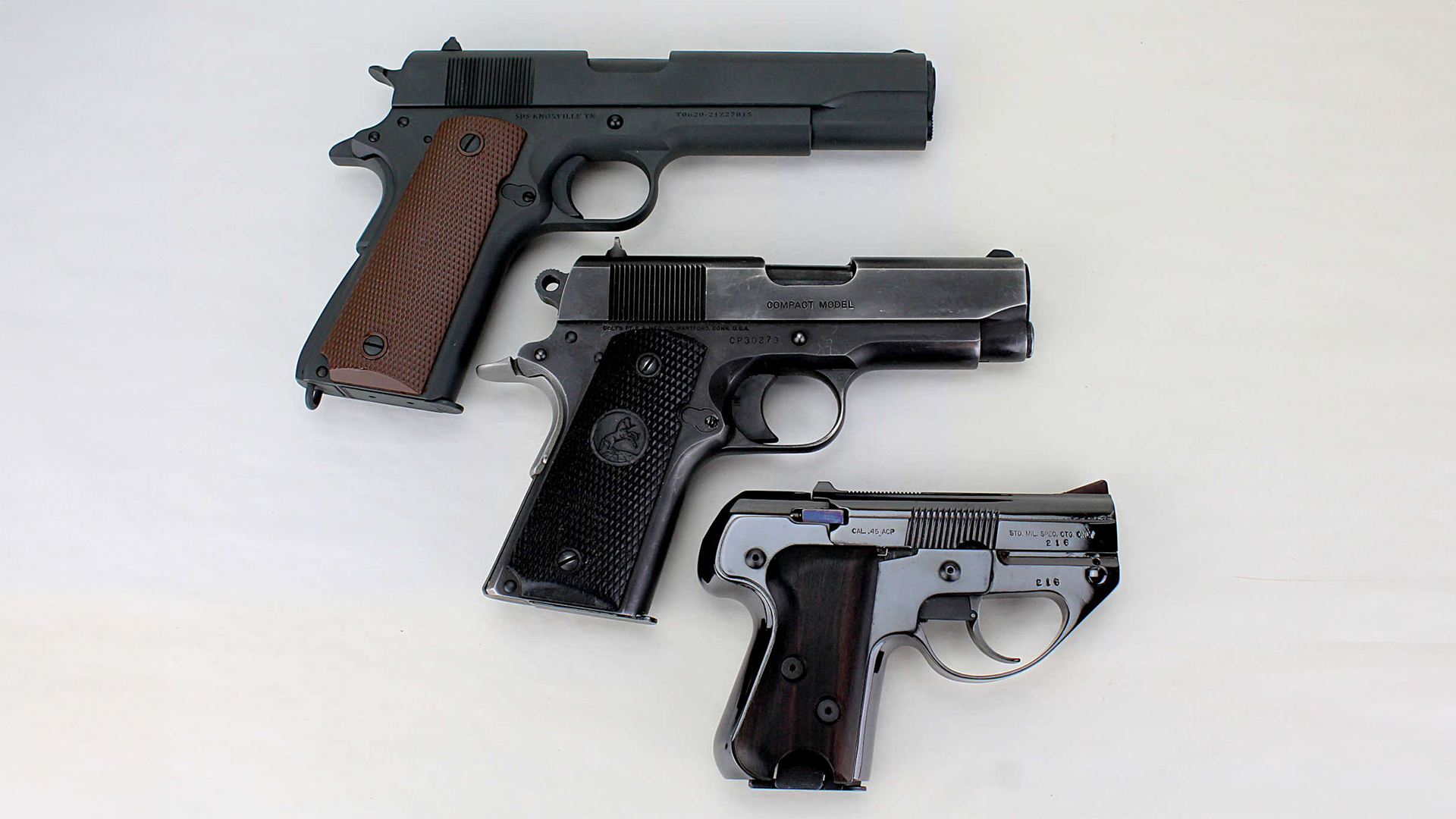
Want one? Semmerling failed, but Lichtman’s LM-4 lives on, having been acquired by American Derringer Corporation of Waco, Texas. The pistol still appears on the company website as a price-on-request limited offering.
“We build about 10 of the LM-4s each year, on order,” American Derringer Corporation owner Elizabeth Saunders said in a phone interview. “They’re identical to the original, but made of stainless steel.”
The company also sells about 10 semi-automatic LM-5 versions each year, again on order only, Saunders said. Visit the website for more information.













